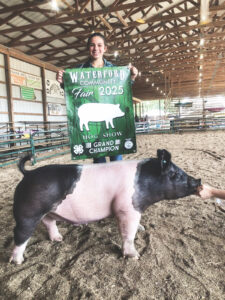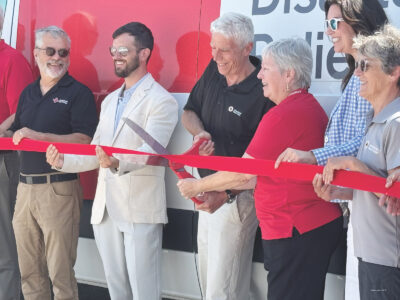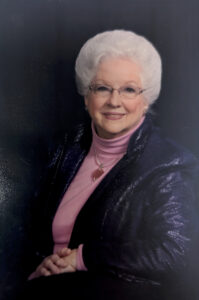Coal Run’s story
COAL RUN-The small community of Coal Run owes much of its origins to the flowing waters running through and beside the town.
At a time when river traffic was at a peak, the mid-point between Marietta and Beverly became a popular shipping hub, and up sprung the town.
“It was a shipping point for Morgan County. The boat landing was there. It was where everyone from nearby came and did their shipping,” explained former Coal Run resident and memorabilia collector Wayne Farnsworth.
The town was named for another important-though much smaller-body of water, a creek that was ripe with coal and sustained a rich coal mining industry in the area for more than six decades in the late 1800s and first half of the 20th century.
“We’re noted for the coal. There were two or three mines, one right here in the village somewhere,” said Lucy Barton, 80, who has lived in Coal Run her entire life.
While some of the mines were tunneled underground, much of the mining was done straight out of the creek bed, said fellow “Coal Runner” Jeremy Barton, no relation to Lucy.
“The shafts are all blasted in now. All the minds were hand dug,” said Jeremy, 34.
According to the district’s application for historical status, the area coal was first mined in 1867 with an official tonnage of 2,000 tons that year.
Coal Run used to be a busy thoroughfare off the water as well. Though Ohio 60 now bypasses the community, the state route used to run directly through the center of the village.
Around 1908, a street car shuttling people back and forth between Parkersburg and Marietta extended service into Beverly. The “Interurban” made stops at all the small communities along the way, including Coal Run.
In old photographs, the tall trestles of the streetcar can be seen running almost flush with some of the houses in Coal Run.
Lucy remembers her sister riding it.
“My sister Nellie rode the street car to Beverly High School,” she recalled.
Today, Ohio 60 runs in approximately the same place and many of the same Coal Run houses tower much taller than the road.
As a district, Coal Run was granted historical status on the National Register in 1996. It comprises approximately 185 acres and 87 buildings, mostly along Main, Maple and Hill streets.
One structure, the Mason House, is listed independently on the National Register. Another, the Beach House, is the only brick structure in the historic district. According to the district’s historic status application, the Beach House served as a Masonic Lodge for one year in 1845 after the lodge in Beverly burned down.
Other edifices have taken on new uses. Jeremy Barton’s home was the first school in the community.
“Mine was the original school house. No one really knows when it was a school house because it was listed as a home in 1840 and the other school had been built by then,” he said.
The second school house and a Methodist church built in 1858 have also been converted into homes.
As it was a hub of activity, Coal Run once had a great deal of commercial real estate: three general stores, two gas stations and a small restaurant.
“The little station on the river, we called it Steamboat Bend. It also had a little restaurant in it with just maybe a couple of tables,” recalled Farnsworth, who lived in the village in the 1950s and 1960s.
The stores and gas stations had all closed by the time the village was granted historical status.
Fires are one thing that have taken a toll. They destroyed the Steamboat Bend, the post office and several houses.
“There’s nothing here now. We’ve had houses that burnt and the post office,” said Lucy, who now lives 50 yards away from the house where she was born.
Though the houses and stores come and go, the Coal Runners, as they affectionately describe themselves, are not going anywhere.
“I’m a proud Coal Runner, always have been, always will be,” said Lucy.




